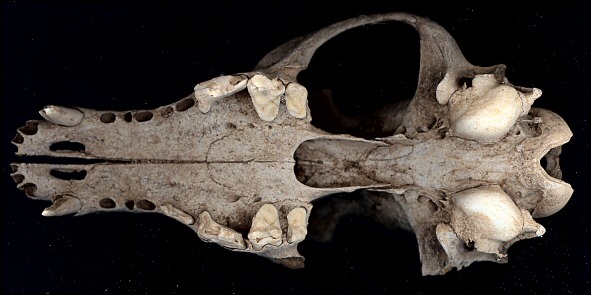

If you've ever had a tooth pulled, you are very much aware that they are firmly embedded in bone. Not all teeth in the animal kingdom are set into sockets in the jaw bones, though. In fact, we thecodonts (a another way of saying "teeth in sockets") are outnumbered by animals having their teeth placed differently. Many of our lizards, for example, have their teeth fastened to the inner side of their jaws. The fancy name for this is pleurodont, meaning "side tooth". This isn't the only alternative, though. Some amphibians and reptiles are acrodont. "Acro" is from the Greek meaning summit, and acrodont teeth, then, are teeth fused to the summit of the jaw bones.
Regardless of whether teeth are implanted or fused to surfaces, we
differ from most other animals in having only two generations: our baby teeth and our
adult dentition. People might think that there's not much to envy in a lizard, but
all too many of them are going to be jealous of that ability to replace a tooth again
and again and again.

Listen to the Audio (mp3 format) as recorded by KTEP, Public Radio for the Southwest.
Contributor: Arthur H. Harris, Laboratory for Environmental Biology, Centennial Museum, University of Texas at El Paso.
Desert Diary is a joint production of the Centennial Museum and KTEP National Public Radio at the University of Texas at El Paso.

Ventral view of a coyote skull picked up in the desert. The incisors and some of the premolars have fallen out, revealing their sockets.